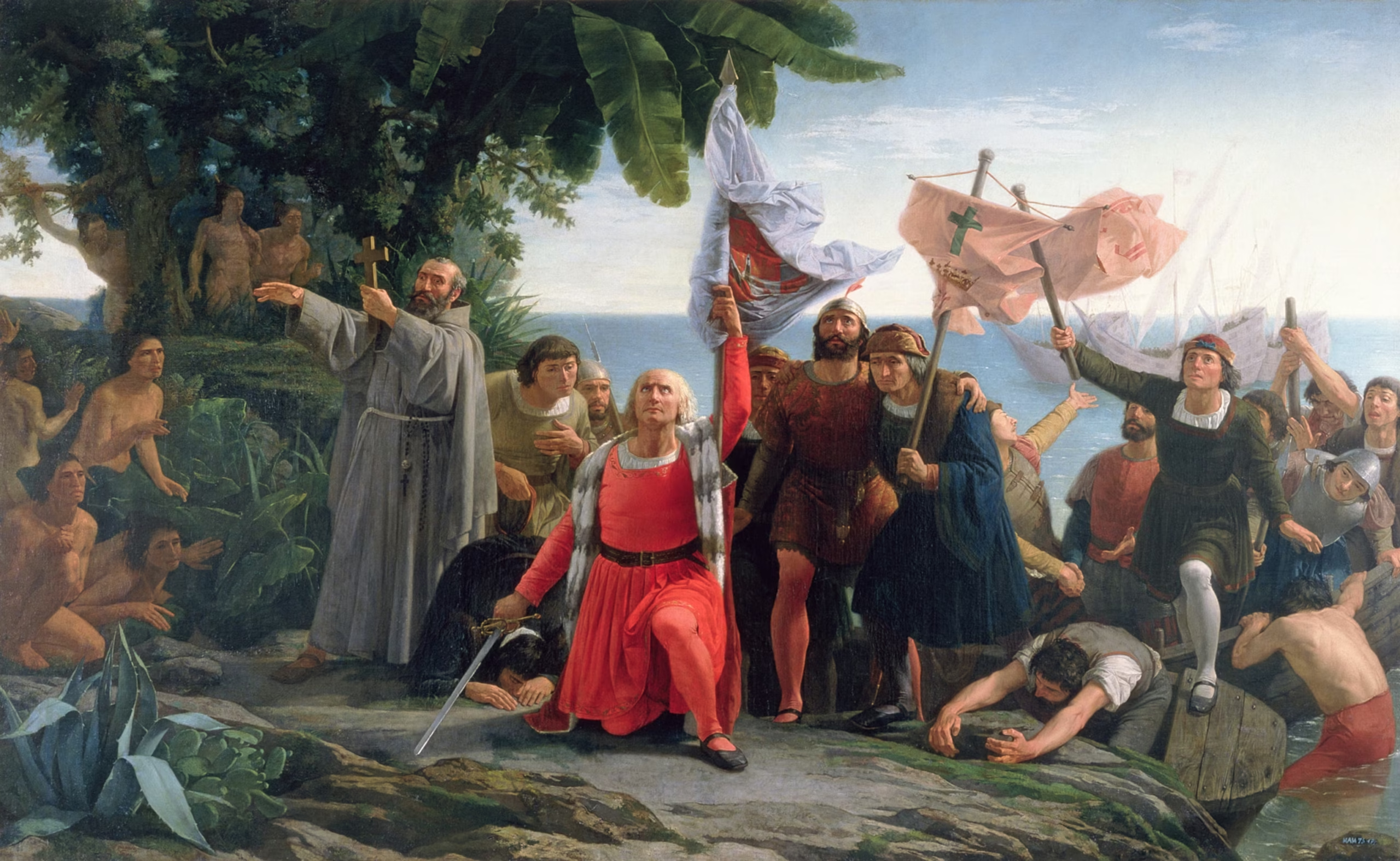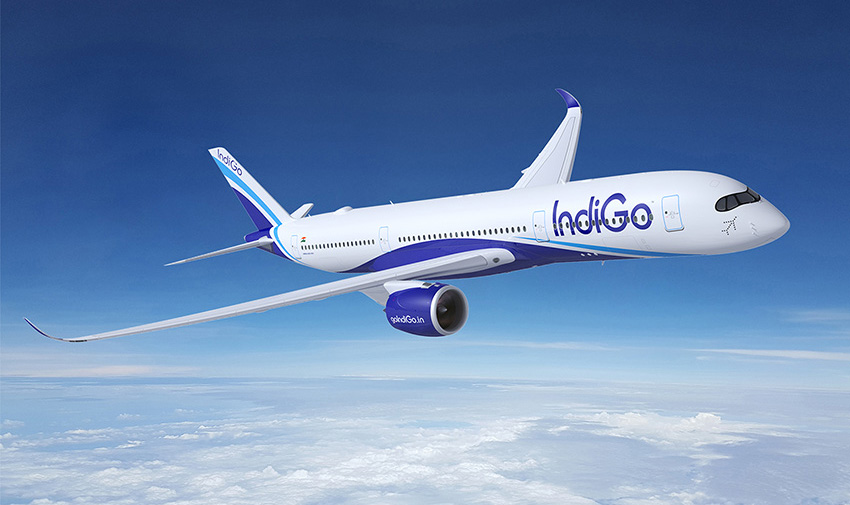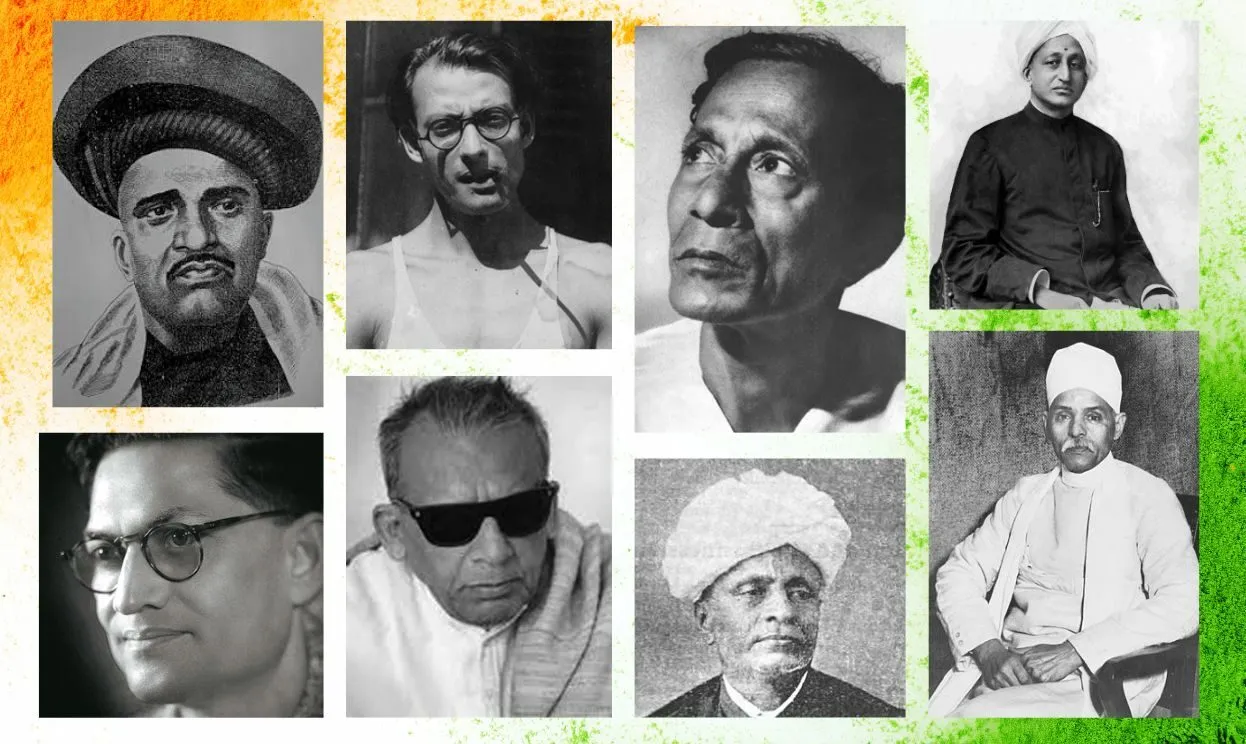Now Reading: Why Colonialism Still Affects Trade: Traces of Historical Influence
-
01
Why Colonialism Still Affects Trade: Traces of Historical Influence
Why Colonialism Still Affects Trade: Traces of Historical Influence

Colonialism reshaped trade patterns, infrastructure, and economic priorities across India and the world. Even decades after independence, these historical influences continue to affect trade policies, supply chains, and regional economic disparities. In Tier-2 cities, the legacy of colonial trade routes and industrial focus can still be observed, highlighting how past policies continue to shape present-day commerce and opportunities.
Trade Routes and Infrastructure
Colonial powers established ports, railways, and roads primarily to extract resources and export goods. While these infrastructures boosted connectivity, they were often designed for export-oriented trade rather than local development. Many Tier-2 cities still rely on routes and ports established during colonial times, which shapes regional trade dynamics.
Industrial Patterns and Production
Colonial economies focused on raw material extraction and limited manufacturing. This led to concentrated industrial hubs in select regions, leaving others underdeveloped. Even today, certain areas dominate manufacturing and exports while smaller cities struggle to catch up, reflecting historical imbalances.
Economic Policies and Trade Mindset
Colonial administrations imposed trade regulations and taxes favoring the empire, influencing local business practices and market structures. Some practices, such as dependency on imports or limited diversification, have persisted subtly in modern trade, affecting competitiveness in Tier-2 cities.
Global Relations and Dependency
Colonial trade fostered economic dependency on foreign powers, shaping long-term global partnerships and trade patterns. India’s contemporary trade agreements and supply chain connections still reflect historical alignments and dependencies established during colonial rule.
Conclusion
Colonialism’s impact on trade remains visible in infrastructure, industrial concentration, and economic policies. Recognizing these influences helps understand modern trade challenges and opportunities, especially for Tier-2 cities aiming to balance local development with global economic integration.

























